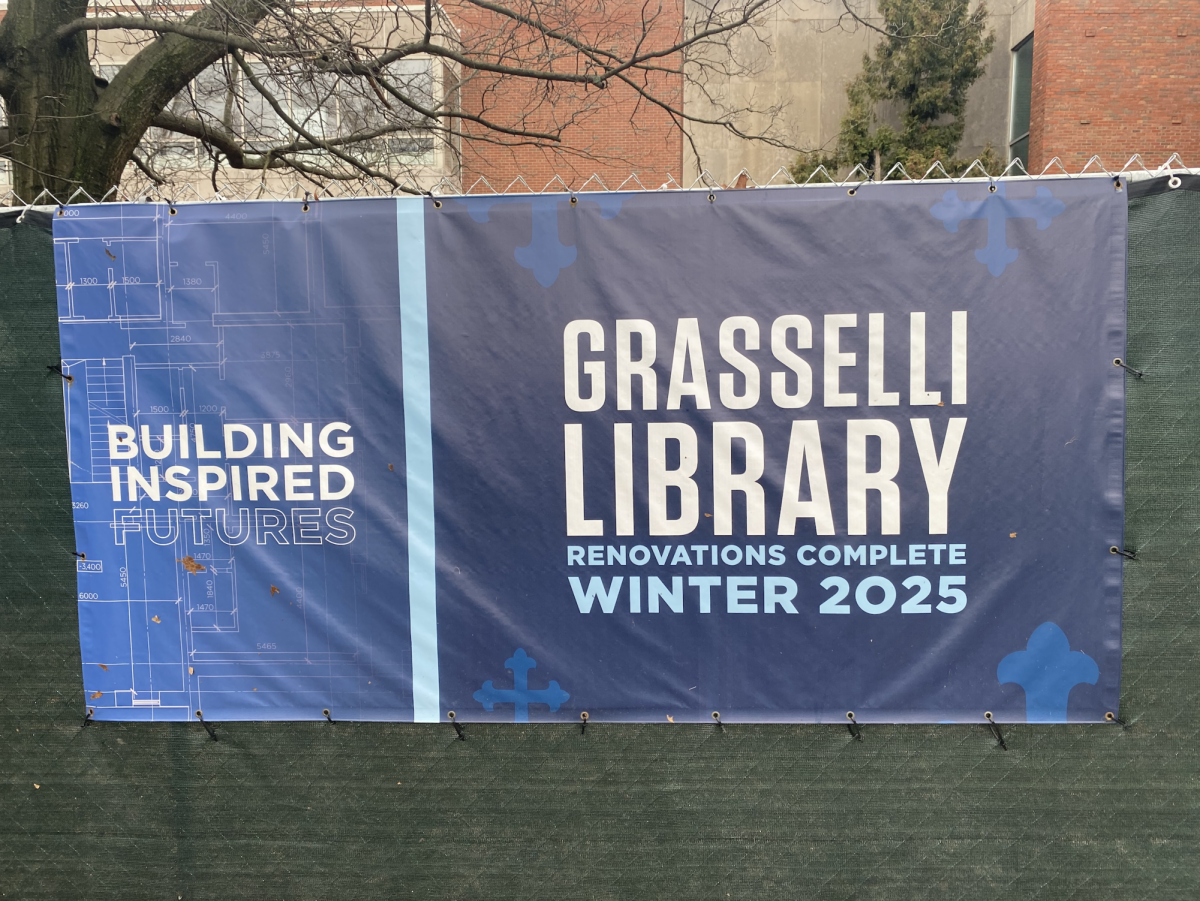The Grasselli Library is a staple of John Carroll University for many of its students. Since its construction in 1964, it has served a variety of uses for all Blue Streaks. However, the library now has some of its functions inhibited due to some substantial changes that the administration is making.
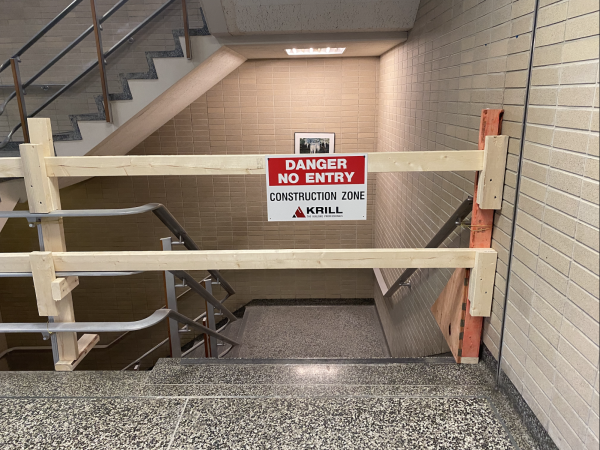
Recently, this key feature of campus has begun to undergo construction as a part of an ongoing JCU renovation effort. The Carroll News has undertaken the responsibility of discovering the administration’s plans for renovation as well as the opinions of JCU students. Library Director Julia Warga and Head of Research, Learning and Outreach Amy Wainwright were interviewed about the expected timeline of renovations.
Wainwright believes it is important for the library to undergo renovation as the administration’s research reveals that it is “the most used building on campus.” She hopes it can become a “one-stop-shop” for students to find various facilities and services. These changes have been discussed for “about 10 years” and are now beginning to come into fruition on a large scale. Renovations will consist of three phases.
“The first phase is the entire first floor,” Warga explains. Impacted facilities include “the help desk, the classroom for entrepreneurship… new study spaces and the cafe will be down there.” The new Ignite Center will also be added, which is described as a “creative space” for students, particularly those in the entrepreneurship program.
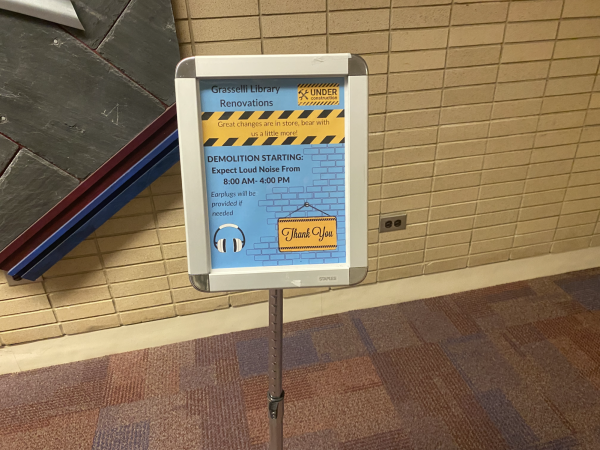
The office for Student Accessibility Services will be moved to the first floor of Grasselli along with a new classroom space and “deep storage” for the university archives. A classroom will also be added, though which classes will be held there remains to be determined. All of the changes on the first floor are part of the first phase, which is expected to “hopefully be over some time mid-summer” and re-open for the fall 2024 semester.
The second phase, focusing on the second floor (the ground floor that is accessed through the main entrance of the library), will begin during the fall semester of 2024. The learning commons will become “bigger, with new furniture [and] study rooms.” The Writing Center will also make its way to the second floor of the library, moving from its current location in the O’Malley Center. Additionally planned is an “exhibit space” as well as the relocation of librarian offices, the interfaith prayer room and the relaxation rooms.
The spring of 2025 will introduce the third and final phase of Grasselli construction with the third floor being the focal point of renovation. The archives work room will move to the top level and a small classroom will be added for the purpose of work with “rare books or other unique materials.” More space will be dedicated to the Special Collections which Warga calls “underutilized collections that are unique to John Carroll.” Warga also provided a graphic that outlines the expected timeline of construction.
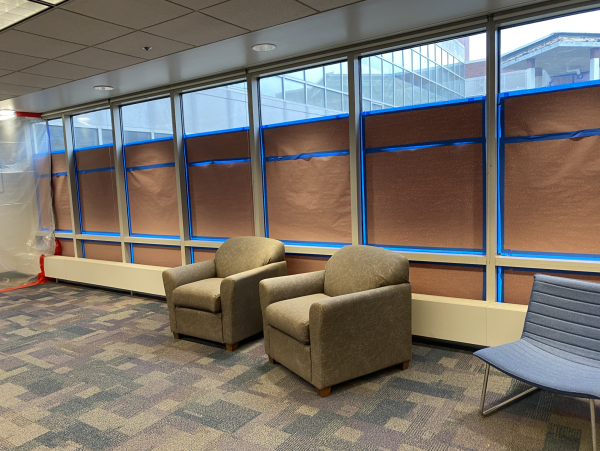
The expected new look of the library is described by Wainwright as “very contemporary and modern,” but specific details such as color schemes are still in the works. Wainwright and Warga are hoping to have mock-ups and renderings of the renovated library ready for students in the coming weeks, but Warga admits that process is taking “a lot longer” than either of them had expected.
Though many students are experiencing difficulties, the Grasselli staff is doing its best to “minimize the disruption” caused by construction. All services are still available with the exception of archives, though these were used infrequently by students even when they were available. Wainwright concedes that the lack of The Den “has been hard” since many students used that as a more casual study location where they could also get something to eat.
Warga and Wainwright believe that the inconveniences experienced by students are worth the long-term benefits. Wainwright says “there will not be a single class that doesn’t get to benefit in some ways” from the renovations.
Dr. Lisa Brown Cornelius, interim dean of students, also believes “the end goal is worth it” despite the challenges faced by students. She has seen plenty of people studying in spaces such as the “renovated student center” or residence hall lounges, both of which seem to be making up for a lot of the space that has been lost in the library.
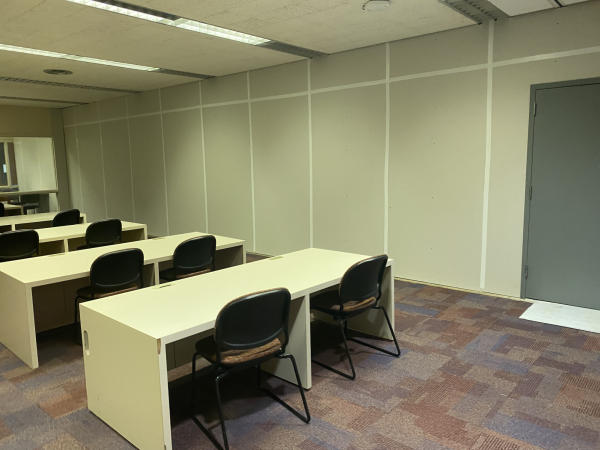
Cornelius acknowledges that “not everybody gets the same level of benefit,” particularly students in the class of ’24 who will graduate before the improvements are complete. However, she believes the trade-off is reasonable since this class was able to experience “some of the other renovations” such as the student center and the dining hall. Since libraries are “constantly evolving,” she says the obstacles caused by construction are a necessary conceit to be made in order for the university to remain up-to-date.
In terms of student reaction, some students remain largely unaffected. Paul Corley ’24 says his daily life has “not really” been impacted by the construction happening to the library and he believes the renovation is “100%” worth it.
Other students remain critical of the library’s current state. Mario Esquivel ’26 finds it “much more difficult” to find a room in which to study and adds that the rearrangement of the books creates challenges with “looking for some genres or specific books.” He acknowledges that renovations are a “necessary evil” for keeping a campus modern, but believes there were no complaints “from the student body” about the library’s condition prior to construction.
Though student reaction is somewhat mixed, construction will continue regardless. The administration has big plans for the library and will continue those plans until they are completed. Whether or not future Blue Streaks will agree that the changes were necessary remains to be seen.
Julia Warga and Amy Wainwright encourage students with questions to contact them at jwarga@jcu.edu and awainwright@jcu.edu.


